Increased Regulatory Standards
The Sterilization Equipment Devices Market is significantly influenced by the rise in regulatory standards aimed at ensuring patient safety and product efficacy. Regulatory bodies are continuously updating guidelines to address the complexities of sterilization processes, which compels manufacturers to innovate and comply with stringent requirements. For example, the introduction of ISO 13485 standards has set a benchmark for quality management systems in the medical device sector, including sterilization equipment. Compliance with these regulations not only enhances product credibility but also fosters consumer trust. As a result, manufacturers are investing in research and development to meet these standards, thereby driving growth in the Sterilization Equipment Devices Market. The emphasis on regulatory compliance is expected to persist, further propelling the demand for advanced sterilization solutions.
Rising Demand for Healthcare Services
The Sterilization Equipment Devices Market is experiencing a notable surge in demand due to the increasing need for healthcare services. As populations age and chronic diseases become more prevalent, healthcare facilities are expanding their operations. This expansion necessitates the use of advanced sterilization equipment to ensure patient safety and infection control. According to recent data, the healthcare sector is projected to grow at a compound annual growth rate of approximately 7.5% over the next five years. This growth directly correlates with the rising demand for sterilization devices, as hospitals and clinics prioritize the implementation of effective sterilization protocols to mitigate the risk of healthcare-associated infections. Consequently, the Sterilization Equipment Devices Market is poised for significant growth as healthcare providers invest in state-of-the-art sterilization technologies.
Growing Awareness of Infection Control
The Sterilization Equipment Devices Market is benefiting from the increasing awareness surrounding infection control practices. Healthcare professionals and institutions are becoming more cognizant of the critical role that effective sterilization plays in preventing the spread of infections. This heightened awareness is leading to greater investments in sterilization technologies and practices. According to industry reports, the infection control market is anticipated to grow at a rate of 8% annually, reflecting the urgent need for effective sterilization solutions. Hospitals and clinics are prioritizing the acquisition of advanced sterilization equipment to enhance their infection control protocols. Consequently, the Sterilization Equipment Devices Market is likely to expand as healthcare providers seek to implement comprehensive infection prevention strategies.
Technological Innovations in Sterilization
Technological advancements play a pivotal role in shaping the Sterilization Equipment Devices Market. Innovations such as automated sterilization systems, advanced monitoring technologies, and the integration of artificial intelligence are revolutionizing sterilization processes. These technologies enhance efficiency, reduce human error, and ensure consistent sterilization outcomes. For instance, the introduction of low-temperature sterilization methods has expanded the range of materials that can be safely sterilized, thereby broadening the market's scope. Furthermore, The Sterilization Equipment Devices Market is projected to reach USD 5 billion by 2026, driven by these technological innovations. As healthcare facilities increasingly adopt these advanced sterilization solutions, the Sterilization Equipment Devices Market is likely to witness accelerated growth, reflecting the ongoing trend towards modernization in healthcare.
Emerging Markets and Healthcare Infrastructure Development
The Sterilization Equipment Devices Market is poised for growth due to the development of healthcare infrastructure in emerging markets. As countries invest in healthcare facilities and services, the demand for sterilization equipment is expected to rise. These markets are increasingly recognizing the importance of infection control and patient safety, leading to a surge in the adoption of sterilization technologies. For instance, regions such as Asia-Pacific and Latin America are witnessing rapid healthcare expansion, with investments in hospitals and clinics. This trend is projected to drive the Sterilization Equipment Devices Market, as new healthcare facilities require modern sterilization solutions to meet international standards. The potential for growth in these emerging markets presents a significant opportunity for manufacturers and suppliers in the sterilization equipment sector.



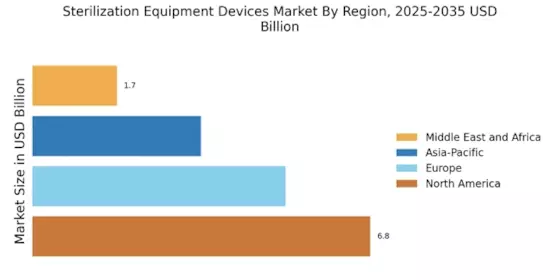

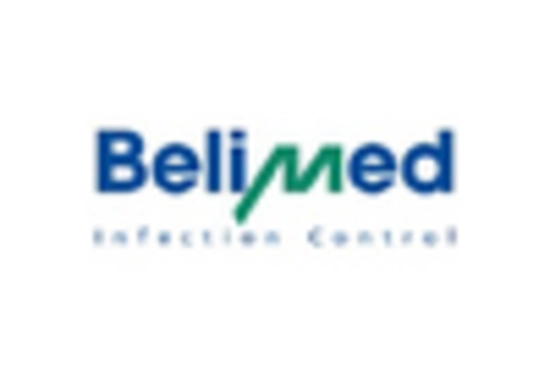
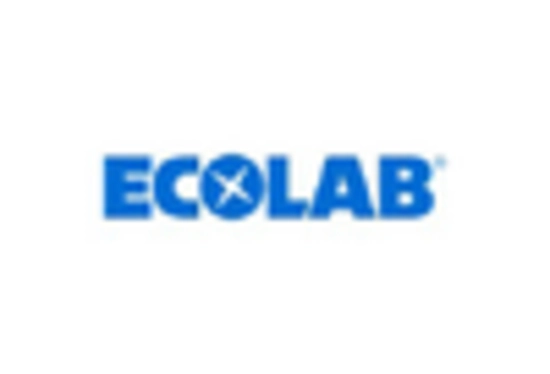

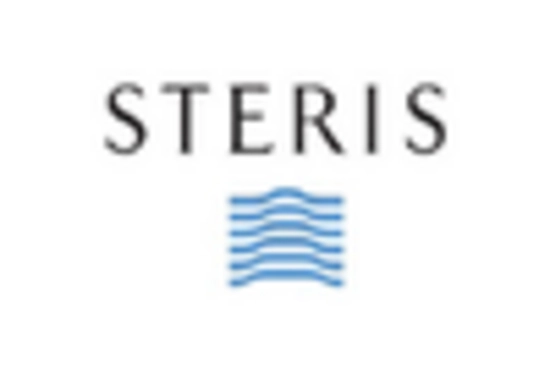
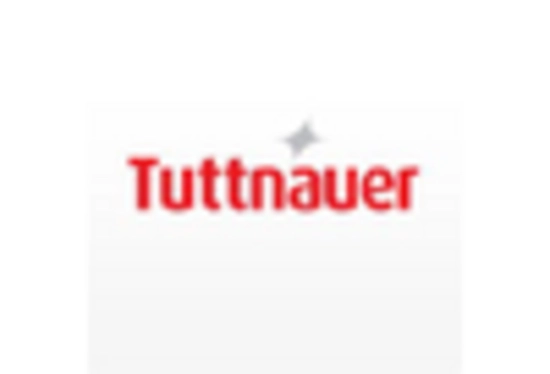








Leave a Comment